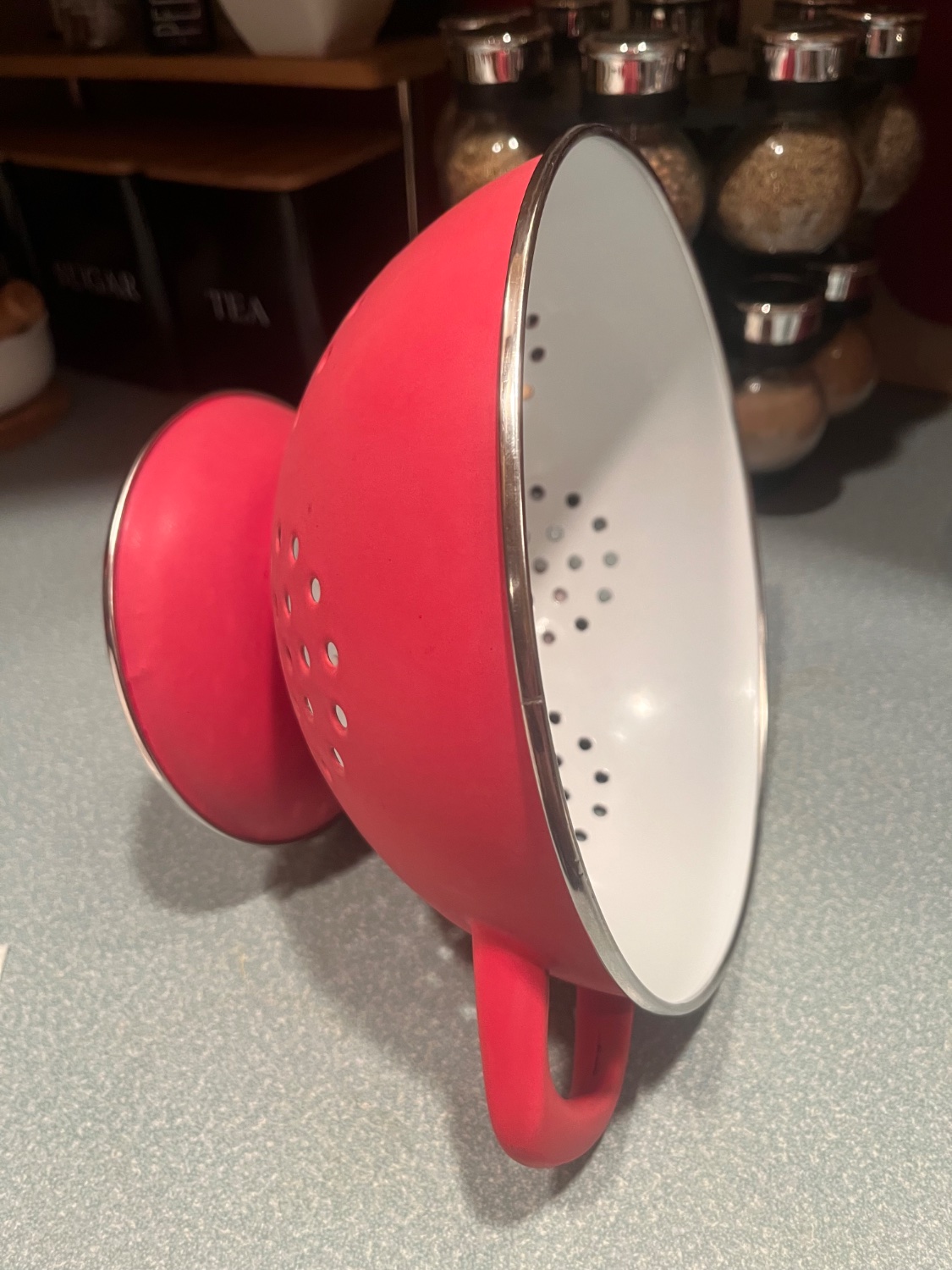Ask Lemmy
A Fediverse community for open-ended, thought provoking questions
Rules: (interactive)
1) Be nice and; have fun
Doxxing, trolling, sealioning, racism, and toxicity are not welcomed in AskLemmy. Remember what your mother said: if you can't say something nice, don't say anything at all. In addition, the site-wide Lemmy.world terms of service also apply here. Please familiarize yourself with them
2) All posts must end with a '?'
This is sort of like Jeopardy. Please phrase all post titles in the form of a proper question ending with ?
3) No spam
Please do not flood the community with nonsense. Actual suspected spammers will be banned on site. No astroturfing.
4) NSFW is okay, within reason
Just remember to tag posts with either a content warning or a [NSFW] tag. Overtly sexual posts are not allowed, please direct them to either [email protected] or [email protected].
NSFW comments should be restricted to posts tagged [NSFW].
5) This is not a support community.
It is not a place for 'how do I?', type questions.
If you have any questions regarding the site itself or would like to report a community, please direct them to Lemmy.world Support or email [email protected]. For other questions check our partnered communities list, or use the search function.
6) No US Politics.
Please don't post about current US Politics. If you need to do this, try [email protected] or [email protected]
Reminder: The terms of service apply here too.
Partnered Communities:
Logo design credit goes to: tubbadu
view the rest of the comments


i would listen to these warnings. i know how devastating it can be to lose a valued item like that, but it really would be irresponsible to use it to serve food again. i know id be a little upset if i saw a friend had made my dinner with such a colander, as dickish as it may sound.
i don’t know how sound your theory here is. i’m not a chemist or a food scientist myself but hang around a lot of them for my studies and work rn. i sincerely doubt the veracity of it being “still as food-safe as it was,” as even just the coating being porous could render it an unsafe surface to prepare food upon. and again, that’s assuming that is the only thing that’s different about the coating, which is a bold assumption.
edit: if you really cannot part with it (which again, is understandable) then i second everyone telling you to get it refurbished/do it yourself by sandblasting all of the existing coating off ~~and then reapplying a new ceramic coating (you can go with other food safe options that don’t require a high temp furnace but at this point of this process we’re getting into “can easily fuck it up more permanently” territory, hence the recommendation for professional services if this colander is that important)~~. depending on when the ceramic was made, what the coating is, and other factors this could definitely be anywhere from “cool to do in the garage on a nice day” to “absolutely do not get anywhere near the dust and keep good track of every single bit of it” levels of danger.
quick edit again: i didn’t wanna misinform you so i asked my friend who’s into ceramics rq. i was wrong. seems only the high temp silica glazes are food safe, all the enamel stuff you can do at home isn’t kosher for eating with apparently. my apologies